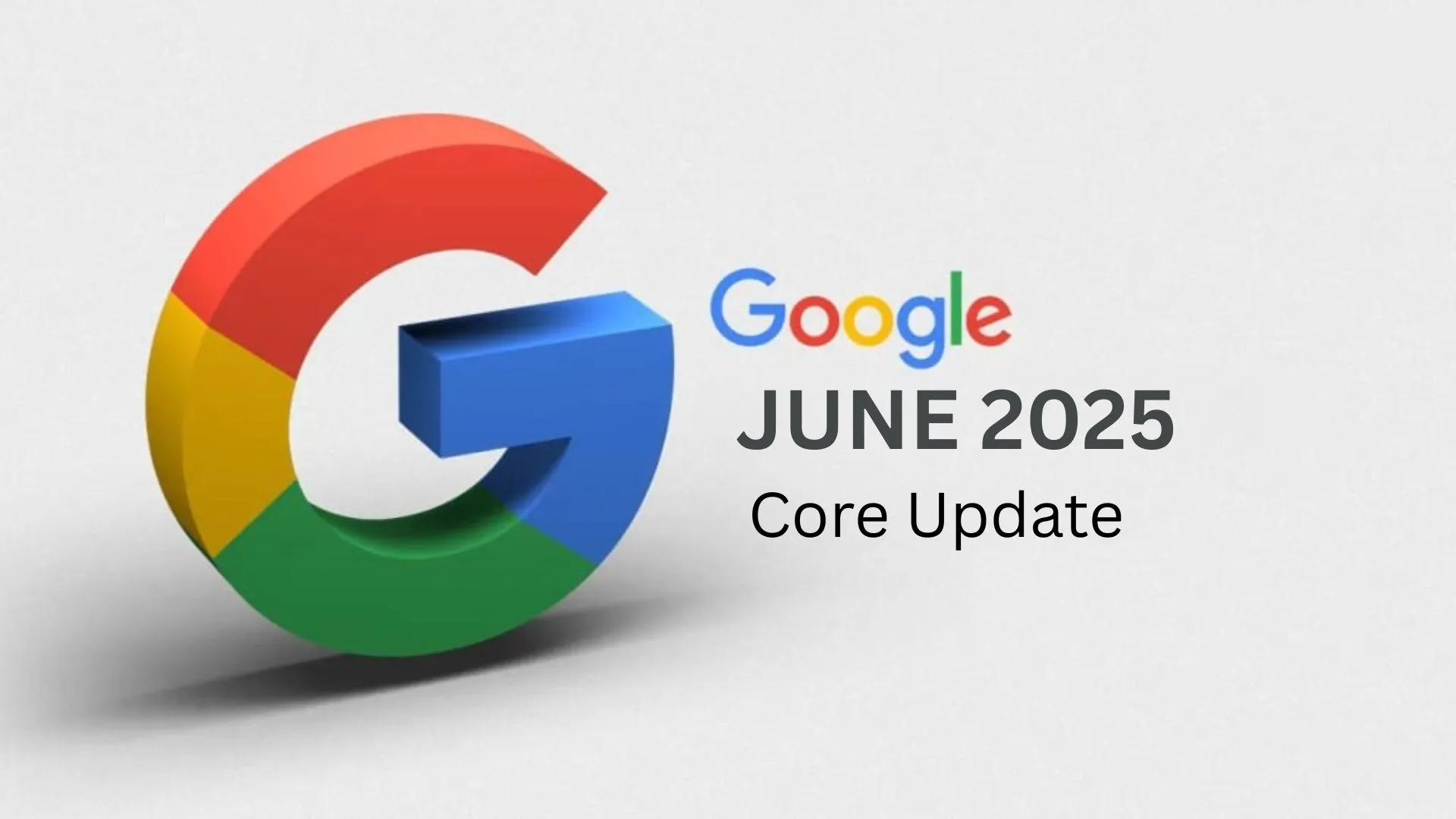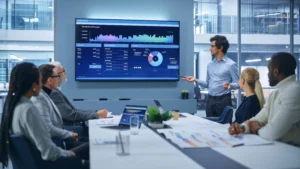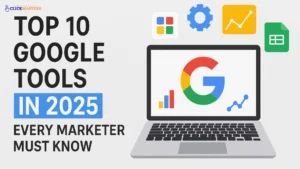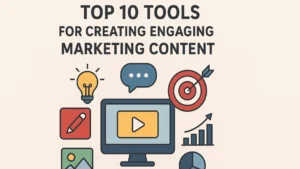Google’s June 30, 2025, core update marks another significant change in the search algorithm, impacting how websites rank across various industries. This update aims to improve the relevance and quality of search results, affecting SEO strategies and site performance. Understanding its details helps webmasters adapt and maintain a strong online presence.
Overview of the June 2025 Core Update
Google officially announced the June 2025 core update as part of its ongoing efforts to refine search results. The rollout began on June 30 and lasted several days, affecting a wide range of queries and websites worldwide. This update continues Google’s trend of broad core algorithm improvements designed to enhance user experience.
Announcement and Rollout Timeline
- Google announced the update on June 29, 2025.
- The rollout started on June 30 and took approximately one to two weeks to complete.
- Updates were applied globally across all languages and search verticals.
Scope and Scale of the Update
- The update affected a broad spectrum of websites, including those in the e-commerce, health, finance, and news sectors.
- It targeted improvements in content relevance, page experience, and trustworthiness signals.
- Many sites experienced fluctuations in rankings and organic traffic during the rollout period.
Comparison with Previous Core Updates
- Similar to past core updates, this one focused on overall content quality and alignment with search intent.
- Unlike some targeted updates, the June 2025 core update was broad, affecting multiple ranking factors simultaneously.
- It builds on lessons from earlier updates, such as the March 2025 core update, refining signals like E-E-A-T (Experience, Expertise, Authoritativeness, Trustworthiness).
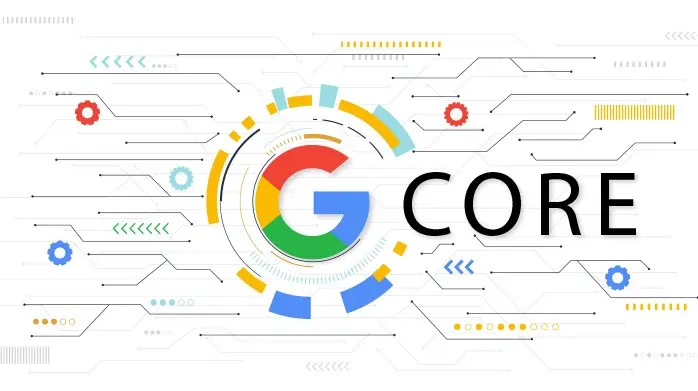
How Google Core Updates Work
Google core updates involve significant changes to the search engine’s ranking algorithms. These updates aim to enhance the relevance and quality of search results by adjusting the weighting and interpretation of various ranking signals.
Broad Algorithmic Changes vs Targeted Updates
- Broad Core Updates: These affect overall ranking algorithms and impact many sites and queries. They focus on improving general search quality rather than fixing specific issues.
- Targeted Updates: These updates focus on specific issues, such as spam or particular content types, and typically have a more targeted impact.
The June 2025 update is a broad core update, meaning it changes the way Google evaluates many ranking factors across the board.
Google’s Mission: Delivering Helpful and Reliable Results
Google’s core updates align with its mission to provide users with the most helpful, relevant, and reliable search results. The June 2025 update emphasizes:
- Prioritizing content that demonstrates clear expertise and trustworthiness.
- Enhancing user experience signals such as page speed and mobile usability.
- Improving alignment between search queries and the content’s intent.
Impact on Different Industries and Search Queries
- Health and Medical Sites: These continue to be heavily influenced by E-E-A-T signals, with Google favoring authoritative and trustworthy content.
- E-commerce: Product pages with detailed, accurate information and good user experience saw improvements.
- News and Media: Freshness and credibility of content remain critical, with Google rewarding timely and well-sourced articles.
- Local and Niche Queries: The update refined how local relevance and niche-specific content are ranked, impacting small businesses and specialized sites.
Understanding these impacts helps SEO professionals and site owners adjust their content strategies to meet the evolving criteria set by Google’s core updates.
Monitoring and Analyzing the June 2025 Core Update
Monitoring the June 2025 core update is crucial for understanding its impact on your website’s traffic and rankings. Since Google’s rollout can take up to three weeks, continuous tracking helps identify patterns and informs strategic responses. Using reliable tools and analyzing competitor behavior provides a comprehensive view of how the update affects your niche.
Using Google Search Console to Track Traffic and Rankings
Google Search Console (GSC) is an essential tool for monitoring core updates. It provides detailed reports on:
- Impressions and clicks for your pages
- Average position changes for target keywords
- Coverage issues that may arise post-update
Regularly reviewing GSC data helps detect ranking fluctuations and traffic shifts early, allowing timely adjustments.
Identifying Ranking Fluctuations and Traffic Patterns
Core updates often cause volatility in search results. Key points to watch include:
- Sudden drops or spikes in keyword rankings
- Changes in organic traffic volume and sources
- Variations in user engagement metrics like bounce rate and session duration
Documenting these fluctuations over the rollout period helps distinguish temporary shifts from long-term trends.
Competitor Performance and Market Trends
Analyzing competitors’ performance during the update reveals broader market impacts. Tools like SEMrush or Ahrefs can track:
- Competitors’ ranking gains or losses
- Emerging content trends favored by the update
- Shifts in SERP features such as featured snippets or video carousels
Understanding competitor dynamics helps you benchmark your site’s performance and identify areas for improvement.
Assessing Impact and Site Performance Post-Update
After the rollout, a thorough assessment of your site’s performance is necessary to understand the update’s effects and plan next steps.
Evaluating Large Drops or Gains in Search Positions
Identify which pages or keywords experienced significant ranking changes. Focus on:
- Pages with the largest ranking losses or gains
- Keywords that have shifted in search intent or competitiveness
- Patterns indicating whether changes are site-wide or isolated
This evaluation helps prioritize pages for review or optimization.
Reviewing Top Pages and Queries Affected
Analyze your highest-traffic pages and their associated queries to see how they were impacted. Consider:
- Whether key landing pages lost or gained visibility
- Changes in user behavior metrics on these pages
- Alignment of content with updated search intent
This insight guides content refinement and targeting strategies.
Understanding Content Quality and User Experience Factors
Google’s core updates emphasize helpful, authoritative content and a positive user experience. Review your site for:
- Content depth, accuracy, and freshness
- Page load speed and mobile usability
- Clear navigation and reduced intrusive elements
Improving these factors aligns your site with Google’s quality standards and supports recovery or growth after the update.
Technical Insights into Ranking Changes
The June 2025 Google core update introduced significant shifts in how ranking signals are evaluated, emphasizing content quality, user experience, and trustworthiness. Understanding these technical factors helps site owners adapt SEO strategies to maintain or improve rankings amid algorithm changes.
Role of E-E-A-T (Experience, Expertise, Authoritativeness, Trustworthiness)
E-E-A-T remains a cornerstone ranking factor in the 2025 algorithm. Google increasingly rewards content that demonstrates:
- Experience: Real-world knowledge or firsthand insights related to the topic.
- Expertise: Author credentials and subject matter mastery.
- Authoritativeness: Recognition and reputation within the niche or industry.
- Trustworthiness: Accuracy, transparency, and reliability of content and site.
Sites lacking strong E-E-A-T signals often experience ranking drops, especially in YMYL (Your Money Your Life) niches such as health and finance.
Content Relevance and Search Intent Alignment
Google’s algorithm prioritizes content that closely matches the user’s search intent. Key aspects include:
- Delivering comprehensive and satisfying answers to queries.
- Using relevant keywords naturally in titles, headings, and body text.
- Addressing both explicit and implied user needs.
Pages that align well with search intent tend to see improved engagement metrics, which further supports higher rankings.
Site-Wide vs Page-Level Ranking Effects
The update impacts ranking at both the page and site levels:
- Page-Level: Individual pages may gain or lose rankings based on content quality and relevance.
- Site-Wide: Overall site reputation, technical health, and user experience influence rankings across multiple pages.
A holistic SEO approach addressing both levels is essential for sustained visibility.
Google’s Recommendations for Site Owners
Google advises site owners to focus on long-term quality improvements rather than quick fixes following core updates. Emphasizing user-first content and robust SEO practices ensures better outcomes.
Avoiding Quick Fixes and Over-Optimization
- Resist making drastic changes based solely on fluctuations in rankings.
- Avoid keyword stuffing or manipulative SEO tactics.
- Focus on genuine content improvement rather than short-term tricks.
Focusing on People-First, Helpful Content
- Create content that serves the needs and interests of real users.
- Prioritize clarity, depth, and usefulness over search engine manipulation.
- Ensure content is well-structured and easy to navigate.
Long-Term Content Improvement Strategies
- Regularly update and expand existing content to maintain freshness.
- Build authoritativeness through credible sources and expert contributions.
- Optimize technical SEO elements like page speed, mobile usability, and security.
By adhering to these principles, websites can recover from ranking dips and build resilience against future algorithm changes.
Timeline and Expectations for Recovery
Recovery from the June 2025 Google core update requires patience and strategic monitoring. Since the rollout spans about three weeks, ranking fluctuations are expected during this period. Site owners should focus on tracking performance and avoid making hasty changes until the update fully settles. Recovery often depends on improving content quality and aligning with Google’s evolving standards.
Typical Duration for Ranking Stabilization
- Core updates generally take two to three weeks to complete rollout and for rankings to stabilize.
- Some sites may experience volatility even after the rollout period, with rankings fluctuating before settling.
- Immediate recovery is rare; improvements often manifest gradually over several weeks or months.
Role of Future Core Updates in Recovery
- Google core updates are cumulative; recovery from one update may occur after subsequent updates that better reward improved content.
- There are no guaranteed quick fixes; recovery depends on continuous improvement of content and site quality.
- Google encourages site owners to focus on long-term value rather than expecting instant restoration of their rankings.
Patience and Continuous Monitoring
- Monitor traffic and ranking trends closely using tools like Google Search Console and third-party SEO platforms.
- Document changes and user engagement metrics to inform future optimization strategies.
- Avoid drastic SEO changes during the rollout to prevent unintended negative effects.
Industry Reactions and Case Studies
The June 2025 core update has generated varied reactions across industries, with some sites benefiting significantly while others face challenges. Analyzing these cases provides valuable insights into the update’s impact and best practices for adaptation.
Examples of Sites Benefiting from the Update
- Sites with high-quality, authoritative content and strong E-E-A-T signals saw ranking improvements.
- Businesses that focused on enhancing user experience, such as improving page speed and mobile usability, gained visibility.
- Certain niches, such as health, finance, and technology, reported positive traffic shifts due to better content relevance.
Common Challenges Faced by Impacted Sites
- Sites with thin or outdated content experienced ranking drops.
- Those with poor user experience, including slow loading times or intrusive ads, were negatively affected.
- Content mismatches between AMP and canonical pages, as well as technical SEO issues, also contributed to the declines.
Lessons Learned from Past Core Updates
- Recovery is a long-term process; quick fixes rarely yield sustained improvements.
- Consistent focus on people-first content and technical SEO best practices is essential.
- Monitoring competitor strategies and adapting to evolving search intent helps maintain rankings.
- Transparency and trustworthiness in content and site structure remain critical ranking factors.
Technical SEO Considerations During Core Updates
Technical SEO plays a crucial role during Google core updates, ensuring that your website remains accessible, indexable, and optimized for a seamless user experience. While core updates primarily focus on content quality and relevance, technical issues can hinder your site’s ability to benefit from these improvements. Maintaining strong technical SEO foundations helps search engines crawl and rank your site effectively.
Ensuring Crawlability and Indexing Efficiency
- Fix crawl errors: Use Google Search Console to identify and resolve issues, such as 4xx errors, server errors, or blocked resources.
- Optimize robots.txt and meta tags: Ensure important pages are not accidentally blocked from crawling or indexing.
- Submit and update XML sitemaps: Help Google discover your content quickly and efficiently.
- Implement canonical tags: Prevent duplicate content issues by signaling the preferred version of pages.
- Improve site architecture: Use logical internal linking to make important pages easily reachable within a few clicks.
Managing Structured Data and Rich Results
- Use valid structured data: Implement schema markup to enhance the appearance of search results with rich snippets, FAQs, or product information.
- Validate structured data regularly: Use Google’s Rich Results Test and Search Console reports to detect and fix errors.
- Stay updated on schema changes: Google frequently updates supported structured data types; keeping markup current maximizes visibility.
Mobile Usability and Page Experience Signals
- Optimize for mobile: Ensure a responsive design and fast loading on mobile devices, as mobile-first indexing is now the standard.
- Improve Core Web Vitals: Focus on key metrics such as Largest Contentful Paint (LCP), First Input Delay (FID), and Cumulative Layout Shift (CLS) to enhance the user experience.
- Reduce intrusive interstitials: Avoid pop-ups or ads that interfere with content accessibility on mobile.
- Secure your site: Use HTTPS to build trust and meet Google’s security expectations.
Future Outlook on Google Core Updates
Google core updates in 2025 continue to evolve, reflecting changing user expectations and advances in search technology. Understanding the frequency, scale, and focus of these updates helps site owners prepare and adapt their SEO strategies proactively.
Frequency and Scale of Core Updates in 2025
- Google typically rolls out multiple broad core updates annually, with 2025 expected to see at least two major updates by mid-year.
- Updates affect all languages and industries globally, causing widespread ranking volatility.
- The scale of changes varies but generally involves broad algorithmic refinements rather than targeting specific niches.
Evolving Search Algorithms and User Expectations
- Google increasingly emphasizes helpful, people-first content that aligns with user intent.
- Advances in AI and natural language processing improve Google’s ability to assess content quality and relevance.
- User experience signals, such as page speed, mobile usability, and security, continue to gain importance in ranking factors.
Preparing for Continuous Algorithmic Changes
- Maintain a holistic SEO strategy that balances content quality with technical optimization to achieve optimal results.
- Regularly monitor site performance using Google Search Console and third-party SEO tools to detect issues early.
- Stay informed about Google’s guidelines and best practices, adapting quickly to new ranking signals.
- Focus on creating authoritative, trustworthy content and delivering an exceptional user experience to withstand future updates.
Conclusion
The June 30, 2025, Google core update highlights the importance of maintaining high-quality, relevant content alongside strong technical SEO foundations. Regular monitoring of crawlability, indexing efficiency, and user experience signals such as mobile usability and page speed is essential to adapt effectively to algorithm changes. Emphasizing E-E-A-T principles and aligning content with search intent remain critical for sustaining and improving rankings.
Looking ahead, the frequency and scale of Google core updates will continue to challenge site owners to stay proactive. By focusing on people-first content, optimizing structured data, and continuously monitoring performance through tools like Google Search Console, websites can successfully navigate future updates. A holistic SEO strategy that balances content quality and technical excellence is crucial for achieving long-term search visibility and driving organic traffic growth.
FAQs!
What is the June 30, 2025 Google core update?
It is a broad algorithm update by Google aimed at improving search result relevance, content quality, and user experience across all industries and languages.
How long does it take for rankings to stabilize after a core update?
Typically, rankings stabilize within two to three weeks after the rollout, but fluctuations can continue beyond that.
What should site owners focus on after the update?
Focus on improving content quality, user experience, technical SEO, and aligning content with search intent.
How can I monitor the impact of the update?
Use tools like Google Search Console to track traffic changes, ranking fluctuations, and identify errors.
Will quick fixes help recover rankings?
No. Google recommends long-term, people-first content improvements rather than quick SEO tricks.
How often does Google release core updates?
Google typically releases multiple broad core updates annually, with ongoing smaller algorithm changes.

